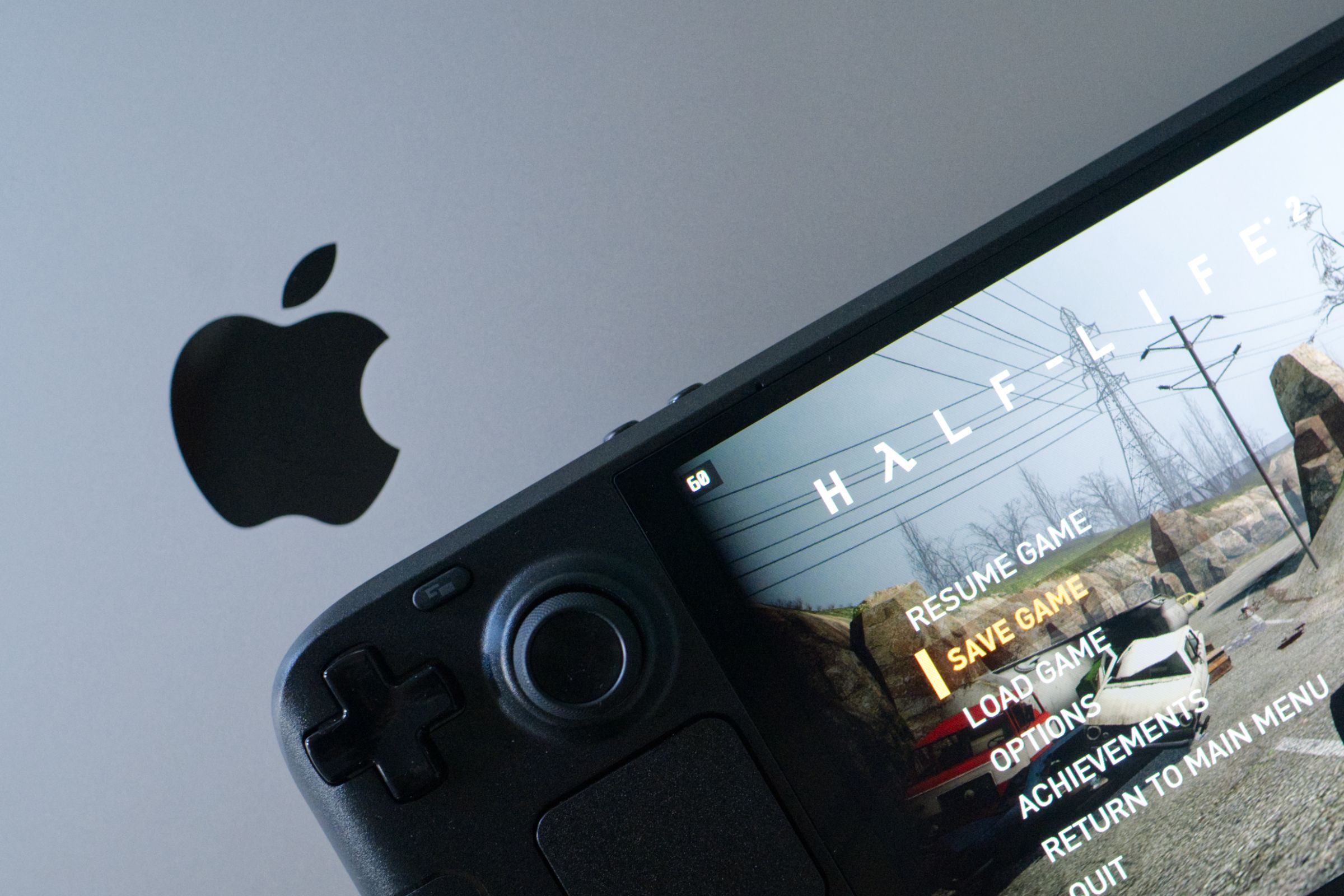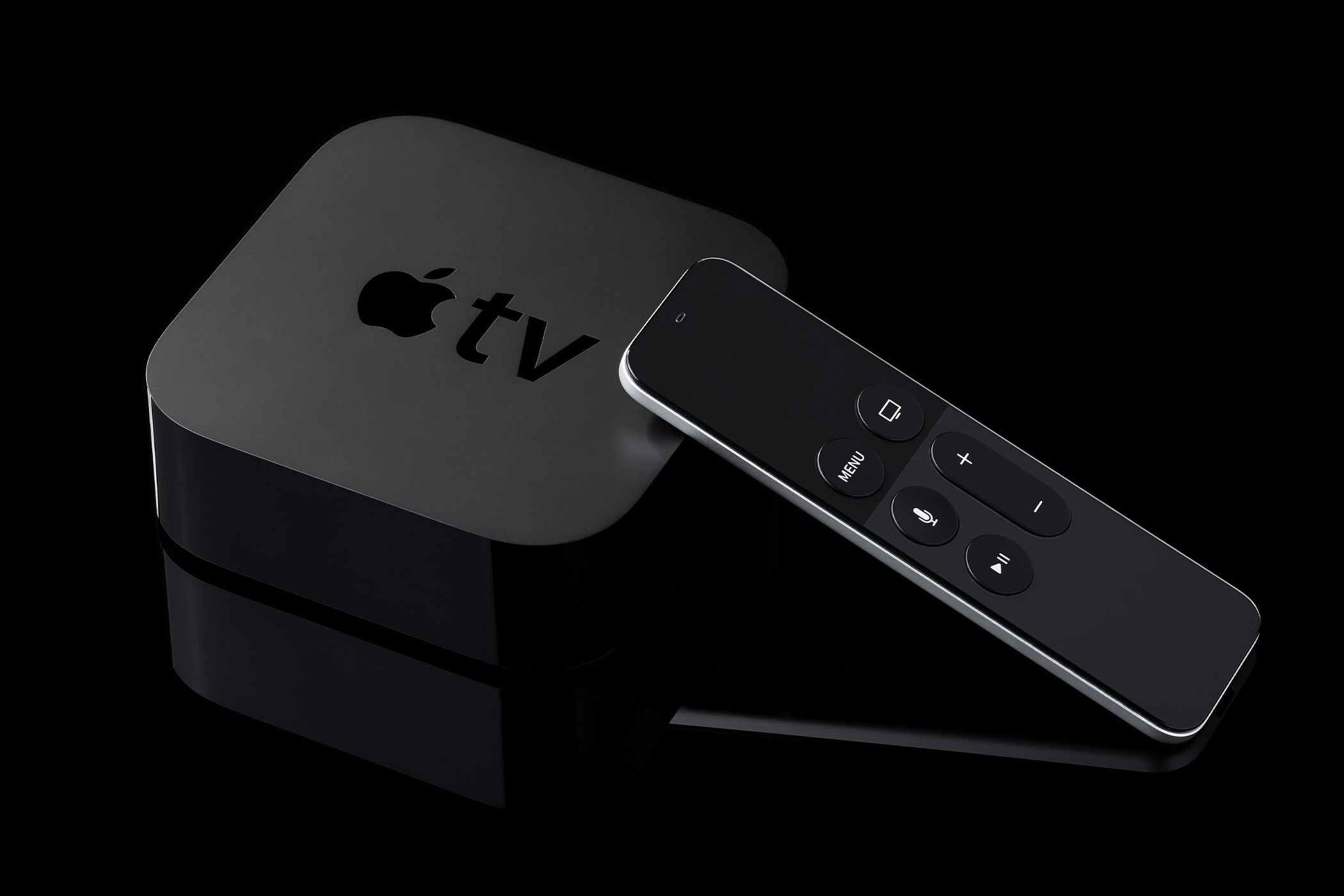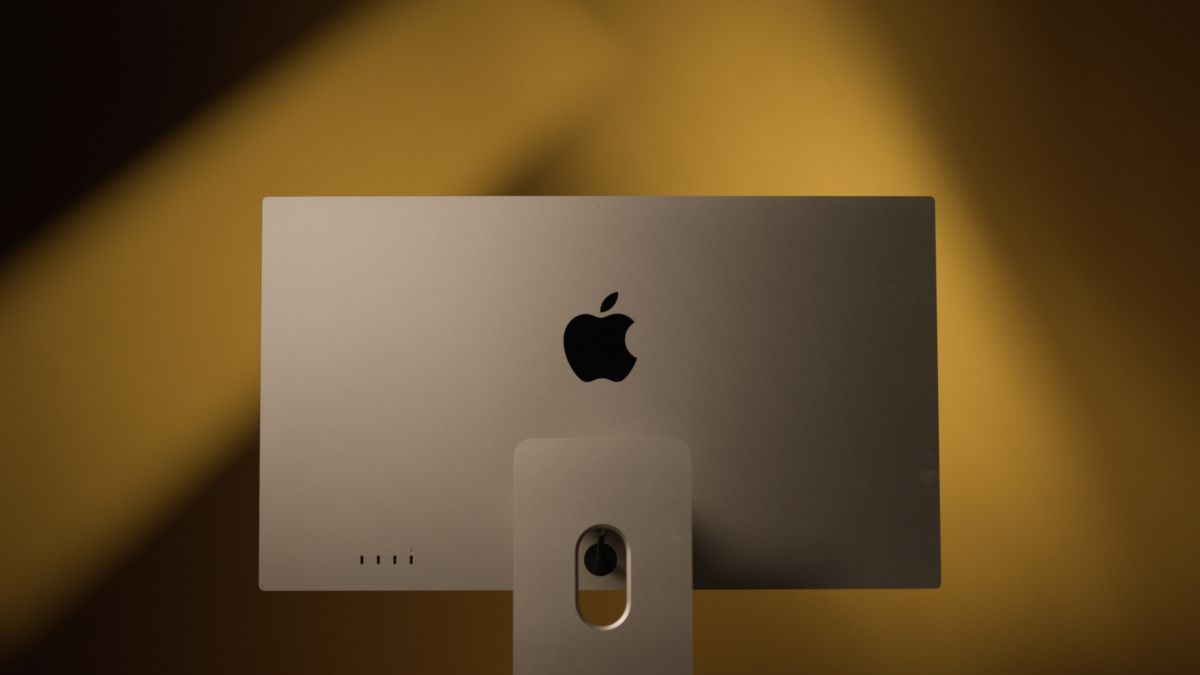Summary
- Apple has made significant efforts to improve Mac gaming, including native releases and gaming technologies.
- A focus on improving the overall gaming ecosystem instead of designing a specialized “true gaming” Mac is more important.
- Apple could expand into gaming through streaming technologies like local streaming and by offering a display that’s more appealing to casual players.
With Apple taking Mac gaming more seriously than it ever has before, it’s tempting to speculate about what a Mac designed for gaming would look like. Personally, I’d rather not.
I Want Mac Gaming to Improve Across the Board
Apple has done a lot of work to get Mac gaming into its current state. We’ve seen big advancements like the Game Porting Kit, a developer tool to make launching games on macOS easier. We now have triple-A native releases like Death Stranding: Director’s Cut and Resident Evil: Village on the App Store on top of the indies and double-As like Stray. With gaming personalities like Hideo Kojima and companies like Capcom featured in big events like WWDC, it’s clear that Apple helped grease the groove.
Apple has rolled out its own DLSS-style upscaling technology as part of the Metal API. macOS now has Game Mode, which allows demanding titles priority access to CPU and GPU, and doubles the polling rate for Bluetooth accessories like wireless controllers.
All of this has happened within the last few years, since the launch of Apple silicon which has proven that ARM-based systems-on-chip can take the fight to the 64-bit x86 chips that dominate much of the PC and console gaming landscape.
Instead of designing a “true gaming” Mac, I’d rather Apple’s efforts to get Mac gaming off the ground focused on the ecosystem as a whole as has been the trend for a while now.
The effort and time Apple is dedicating to gaming-adjacent technologies still pales in comparison to things like generative AI, but it’s still significant. I want all Mac models to be viable gaming machines, even the low-end MacBook Air and hobbyist Mac Mini.
A Mac that’s focused on gaming (that then flops) could throw the venture off-piste. Apple’s efforts to make the Mac a more appealing platform for gamers exist mostly in software, which is great from a risk and cost perspective.
There’s No “True Gaming” PC
The beauty of PC gaming is that every PC can be a gaming PC, at least if you try hard enough. So you’re not going to be playing DOOM: The Dark Ages on a potato PC, but there’s no reason you can’t play Stardew Valley, Balatro, or Vampire Survivors (though those later levels can get a bit hectic).
You can buy or build a budget PC and adjust your expectations and gaming library to suit. You can buy or build a gaming behemoth and go flat out if budget allows. Macs are computers, too. Apple’s main competitor within the gaming space would be the PC, even if something like a Steam Deck running Linux feels like a more apt analogy at times.
For the Mac to succeed as a gaming platform, it needs to match the PC in terms of being adaptable and imperfect. Apple isn’t likely to soften up on its “non-upgradeable” approach to hardware any time soon, but upgrades aren’t an option for the millions of laptop PC gamers out there either.
In fact, Apple may even have one advantage that isn’t present on the PC. The company’s control over hardware makes it a lot easier for developers to tailor settings to particular chips or core counts. With only so many hardware variations available, ready-made graphical presets are far more viable.
The Console Space Is Already Too Crowded
Most PC gamers would put a non-upgradeable PC in the same category as a console, whether that’s accurate or not. The Steam Deck is frequently referred to as a console, despite essentially being a Linux laptop in a handheld shell. Ultimately, what you call it doesn’t matter.
A Mac focused on gaming would arguably be gunning for the space under your TV more than it would the space under your desk. Breaking into the entertainment cabinet is a tough ask in 2025 and beyond, just ask Microsoft. Xbox well and truly lost the console wars, with exclusive titles like Forza now launching on Sony’s machine.
But there are ways that Apple could encroach on this market without incurring massive hardware costs or attempting to curry favor with the consumer: streaming. The Apple TV 4K is long overdue for a refresh, and streaming technology has come a long way. For Apple, there can never be enough reasons to buy an Apple TV, particularly since modern smart TVs cover most bases.
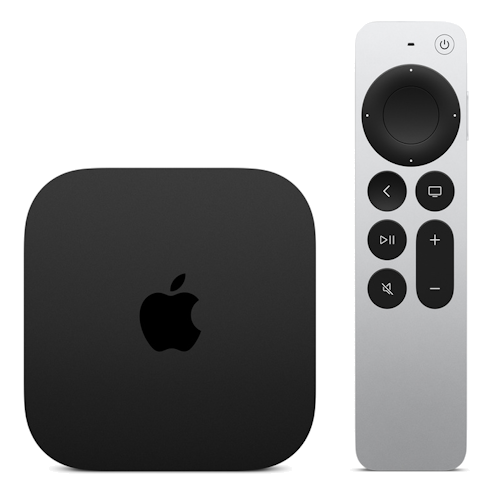
Apple TV 4K
Immerse yourself in stunning 4K HDR with Apple TV 4K. Stream your favorite content with exceptional clarity and color, powered by the A15 Bionic chip. Enjoy seamless access to apps, games, and Apple Originals, all with the convenience of Siri voice control and personalized recommendations.
Some sort of AirPlay Gaming (GamePlay?) protocol could be massively enticing. Just like AirPlay, the technology could eventually make its way into TVs from the likes of LG, Samsung, and Sony.
If Apple implemented the technology in a smart way, that didn’t just apply to App Store games but worked with Steam and bottler apps like Whisky, it could be a great way to use all that power in your MacBook Pro or beefed-up Mac Mini for more than just work.
I’d Rather a New Apple Display Instead
The other side of the equation is that the Mac is a picky beast when it comes to displays. Apple’s “Retina” specifications only work properly with displays that have a pixel density of 218 PPI or better. That means you’re looking at 27-inch 5K monitors like the Apple Studio Display if you want macOS to look as good as it does on a MacBook or iMac in the Apple Store.
Unfortunately, most PC monitors fall well short of this. 1440p is still at the upper limit of what many gamers can hope to achieve. Buying a Mac monitor for editing headshots by day and popping off headshots by night is a difficult if not impossible task.
The other issue is refresh rates, with the Apple Studio Display and even budget options like Samsung’s ViewFinity S9 capping out at 60Hz. While the Mac Mini is a compelling $599 masterpiece of computer design, it’s hard to recommend it for both productivity and pleasure even when paired with Apple’s $1,599 display. But that could change.
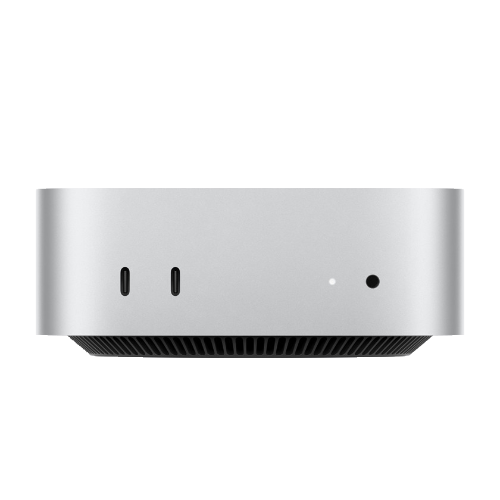
Apple Mac Mini (M4)
$549 $599 Save
$50
Powered by an impressive M4 chip, the redesigned Mac Mini starts with 16GB RAM, 256GB SSD, a 10-core CPU, and a 10-core GPU.
A new Apple Studio Display, let’s call it the Apple ProMotion Display, could solve this. It’ll still cost Apple money, but at least it’ll hit the 120Hz refresh rate necessary to earn the “ProMotion” moniker. And just like the latest 120Hz TVs and RGB-laden gaming monitors, it could do variable refresh rates (VRR) too.
You might not realize it, but the Mac already supports VESA’s Adaptive Sync VRR standard. The 48Hz requirement at the low end means you get a measly 12-frame window on a 60Hz display, but we have the technology. Now all we need is a good panel to match.
We need it for the Mac Mini, we need it for the MacBook Pro users who find themselves sat at a desk most days, and we need it for anyone vaguely contemplating a Mac that operates as more than just a work machine.
The Mac suffered for years as a gaming platform, scraping by with the bare minimum of features. That’s changed, but there’s a long way to go to repair its reputation. Gone are the days when World of Warcraft and Quake III can prop up Apple’s gaming offering. Here’s to a future where Mac gaming continues to improve.



